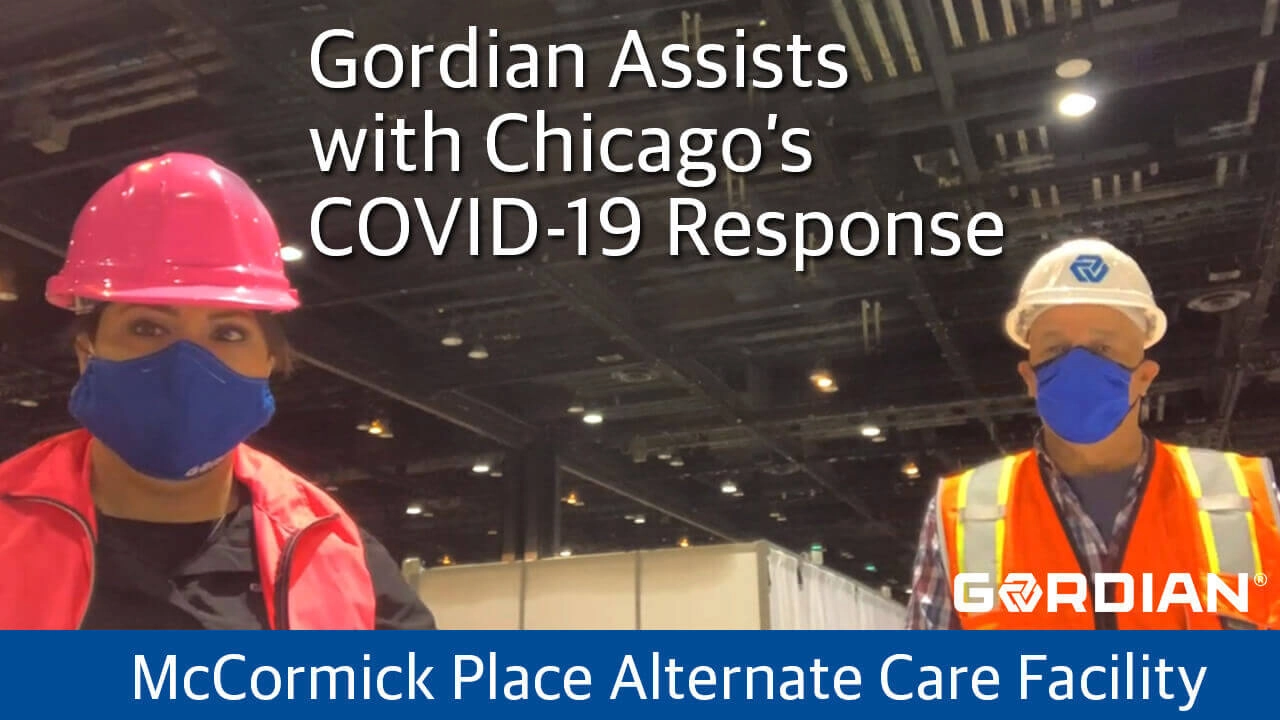If you were to rank “essential services,” Public Housing Authorities would be near the very top of the list. They provide, maintain and improve one of life’s most basic needs, a home, for over a million Americans. They are critical to our society and a lifeline for our most vulnerable. So, while many offices and industries have temporarily slowed or shuttered operations amid the COVID-19 outbreak, Housing Authorities have had to adapt quickly to keep providing necessary services to their residents.
We recently sat down with some of our Housing Authority clients to hear how they’ve overcome challenges presented by the pandemic. While each of their stories are unique, there are common threads among them. Here are some their shared experiences.
“We realized we can’t shut down.”
An Uphill Climb
Funding decreases have been felt by Authorities across the nation, even though the Department of Housing and Urban Development (HUD) has issued more stringent requirements for observing social distance and disinfecting residences. Funding restraints are making it harder to maintain staffing, while the increased HUD requirements have created challenges around maintenance and cleaning. To further complicate matters, supply chain shortages have made personal protective equipment and repair supplies scarcer.
Despite all this, Housing Authorities are committed to delivering critical services to their residents, many of whom have been under stay-at-home orders for the majority of the past three months. As one of our clients put it, “We realized we can’t shut down, but we have to adjust.” By updating business standards and taking on new technologies, Authorities are finding ways to care for residents without the potential of spreading coronavirus.
Continuing operations during COVID-19 also means finding innovative ways to use technology for communicating with residents and vendors and discovering new efficiencies along the way.
Re-Thinking Housing Authorities’ Operations
Resident health and safety are always top priorities for Housing Authorities, but the COVID-19 pandemic has brought new urgency to those concerns. Standard business procedures concerning staff, residents, vendors and other facility operations have been reworked to limit in-person interactions and reduce the potential spread of coronavirus. This can be complicated, though, as new standard practices must account for many social and economic factors.
Housing Authorities still need to fulfill essential maintenance requests to residences and common areas, which require staff and contractors to be on site. Technologies are available to handle less-essential requests virtually, but not all residents are equipped with devices or internet access.
Plus, residents and workers aren’t the only people entering and exiting buildings. Even if policies are in place to reduce interaction between staff and residents, visitors – whether friends, family or care takers – move throughout the premises every day.
To address these concerns, Housing Authorities are enforcing social distancing requirements for all staff and vendors, making sure all are donning masks and gloves when on site and shifting the focus of day-to-day maintenance work to exteriors and currently unoccupied units.
Temperature screenings and questionnaires are also being conducted for anyone who enters Housing Authority buildings, including residents and visitors. In the event that COVID-19 cases appear among residents, these data points will help with contact tracing to quickly limit further spreading of the virus. This is critical, as most residences are densely populated and operating at or above 90% occupancy.

Transforming Services with Technology
Continuing operations during COVID-19 also means finding innovative ways to use technology for communicating with residents and vendors and discovering new efficiencies along the way. All applications for public housing have been moved online.
Prior to this, applicants would complete the entire application process in-person in the office. The switch could present access challenges to some applicants, but using electronic forms with e-signatures has substantially reduced on-site storage and improved standardization, auditability and reporting.
Likewise, meetings with vendors are now being held virtually. When visual inspections are required, smartphones are being used to conduct virtual inspections, saving vendors on travel time while keeping operations moving. Platforms like Zoom and FaceTime are even enabling Authorities to continue larger facility and construction projects as usual by conducting virtual joint scope walks with vendors like Gordian.
Gordian has continued partnering with Housing Authorities during the lockdown to quickly address the needs of both their residents and their communities. In Washington DC, our Job Order Contracting (JOC) program is enabling the District of Columbia Housing Authority to accelerate repairs on occupied units to enhance resident comfort. In Chicago, Gordian partnered with the City of Chicago, U.S. Army Corps of Engineers and the Chicago Housing Authority to retrofit the McCormick Place convention center into 3,000 acute care patient rooms through JOC.
For Housing Authorities, there is no such thing as shutting down, there is only adaptation. In the face of an unprecedented public health crisis, Authorities are demonstrating incredible dedication to their residents. Their successes are examples of how, no matter what the circumstances, mission-based organizations can find creative solutions to support the people they serve.
By taking new approaches to their everyday operations, embracing modern technology and working with trusted partners like Gordian, Housing Authorities can continue to serve community needs and preserve community health.





